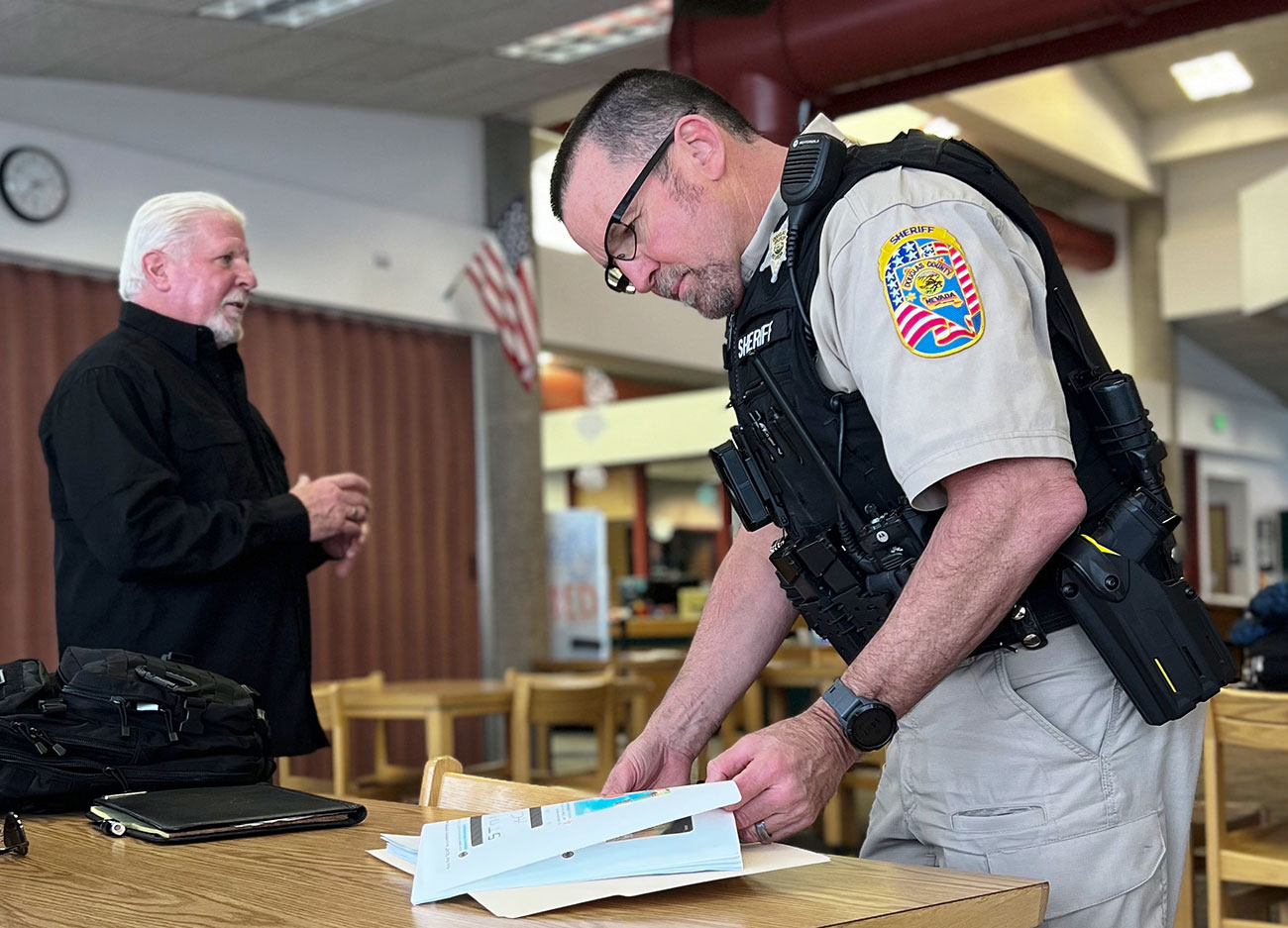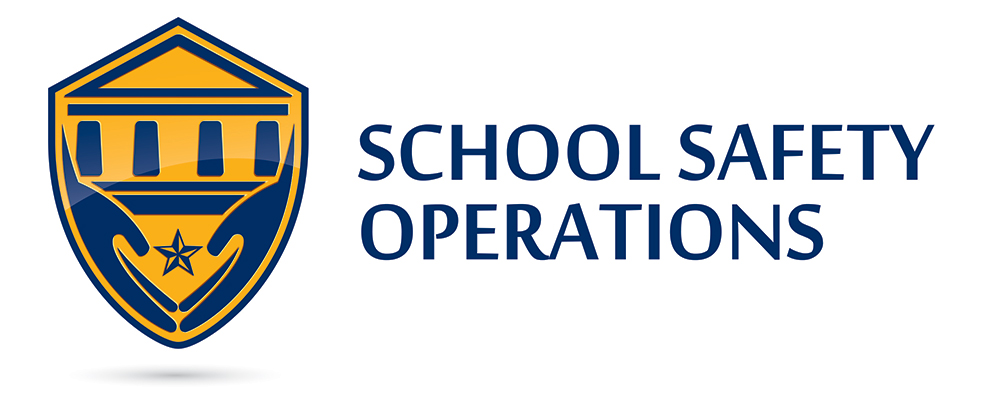
In today’s world, the safety of our schools is of paramount importance. With increasing challenges ranging from natural disasters to security threats, the need for comprehensive and continuous professional safety training for school districts, teachers, and administrators has never been more critical. This blog post delves into why ongoing school safety training is necessary and how it significantly contributes to creating a secure and conducive learning environment.
Building a Foundation of Preparedness
The primary aim of ongoing professional safety training is to ensure that all school personnel are prepared to respond effectively to any emergency. Regular training sessions update educators and administrators on the latest safety protocols and technologies, equipping them with the skills and knowledge needed to handle emergencies efficiently. A well-prepared staff can mitigate the impact of incidents, ensuring the safety and well-being of students and staff.
Adapting to Evolving Threats
The landscape of threats facing schools is continually changing. From cyberbullying and online harassment to physical security breaches, the range of risks requires a dynamic and adaptive approach to safety training. By engaging in ongoing professional development, school personnel can stay ahead of emerging threats, adapting their safety strategies to provide comprehensive protection against both digital and physical dangers.
Fostering a Culture of Safety
Continuous safety training does more than just prepare school staff for emergencies; it fosters a culture of safety and vigilance that permeates the entire school community. When teachers and administrators are regularly trained, they model the importance of safety to students, creating an environment where everyone is aware of and committed to maintaining a secure learning space. This collective vigilance enhances the overall security of the school and promotes a sense of shared responsibility.
Enhancing Communication and Coordination
Effective emergency response requires seamless communication and coordination among all school staff. Ongoing training sessions offer opportunities for teams to practice emergency response drills, improving their ability to work together under stress. Regular training also ensures that new staff members are quickly brought up to speed, maintaining the school’s readiness to respond cohesively to any situation.
Meeting Legal and Ethical Obligations
School districts have a legal and ethical responsibility to provide a safe environment for students and staff. Regular safety training helps schools to comply with state and federal regulations, reducing the risk of liability in the event of an incident. Moreover, it demonstrates a commitment to prioritizing the welfare of the school community, building trust with parents, students, and the wider community.
Investing in the Future
Investing in ongoing professional safety training is an investment in the future of our schools. By prioritizing the continuous education of teachers and administrators in safety practices, school districts underscore the value they place on the lives and well-being of students and staff. This commitment not only enhances the immediate safety of schools but also contributes to the long-term development of resilient, informed, and prepared individuals.
Conclusion
The necessity of ongoing professional school safety training cannot be overstated. In an era where schools face a multitude of threats, the preparedness and response capabilities of school personnel are critical. By committing to regular safety training, schools can ensure they remain vigilant, adaptive, and ready to provide a safe learning environment for every student. Let us recognize the importance of this continuous learning process and support the efforts of school districts, teachers, and administrators in their vital role of safeguarding our educational institutions.

